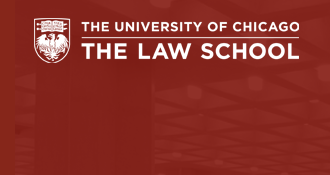
Insolvency Institutions, Pledgeable Assets, and Efficiency
Start Page
331
Abstract
This paper models two insolvency institutions—bankruptcy and foreclosure—that financially distressed firms may use and analyzes their effects on firms’ ex ante capital and asset structure decisions. A firm chooses between secured debt (which is easy to foreclose on) and unsecured debt (which is hard to foreclose on and more likely to lead to bankruptcy) according to the trade-off between two inefficiency costs, those from inefficient liquidations and those from productive inefficiencies. This trade-off occurs because firms may overinvest in pledgeable assets to increase their assets’ liquidation value, which reduces funding costs. This overinvestment generates productive inefficiencies but reduces the cost of inefficient liquidations. As foreclosure (a more creditor-friendly procedure than bankruptcy) has a better liquidation technology, firms have incentives to overinvest in pledgeable assets when they expect to use it in the case of default, at the expense of productive inefficiencies and more inefficient liquidations than under bankruptcy.
Recommended Citation
García-Posada, Miguel
(2021)
"Insolvency Institutions, Pledgeable Assets, and Efficiency,"
Journal of Legal Studies: Vol. 50:
No.
2, Article 4.
Available at:
https://chicagounbound.uchicago.edu/jls/vol50/iss2/4

